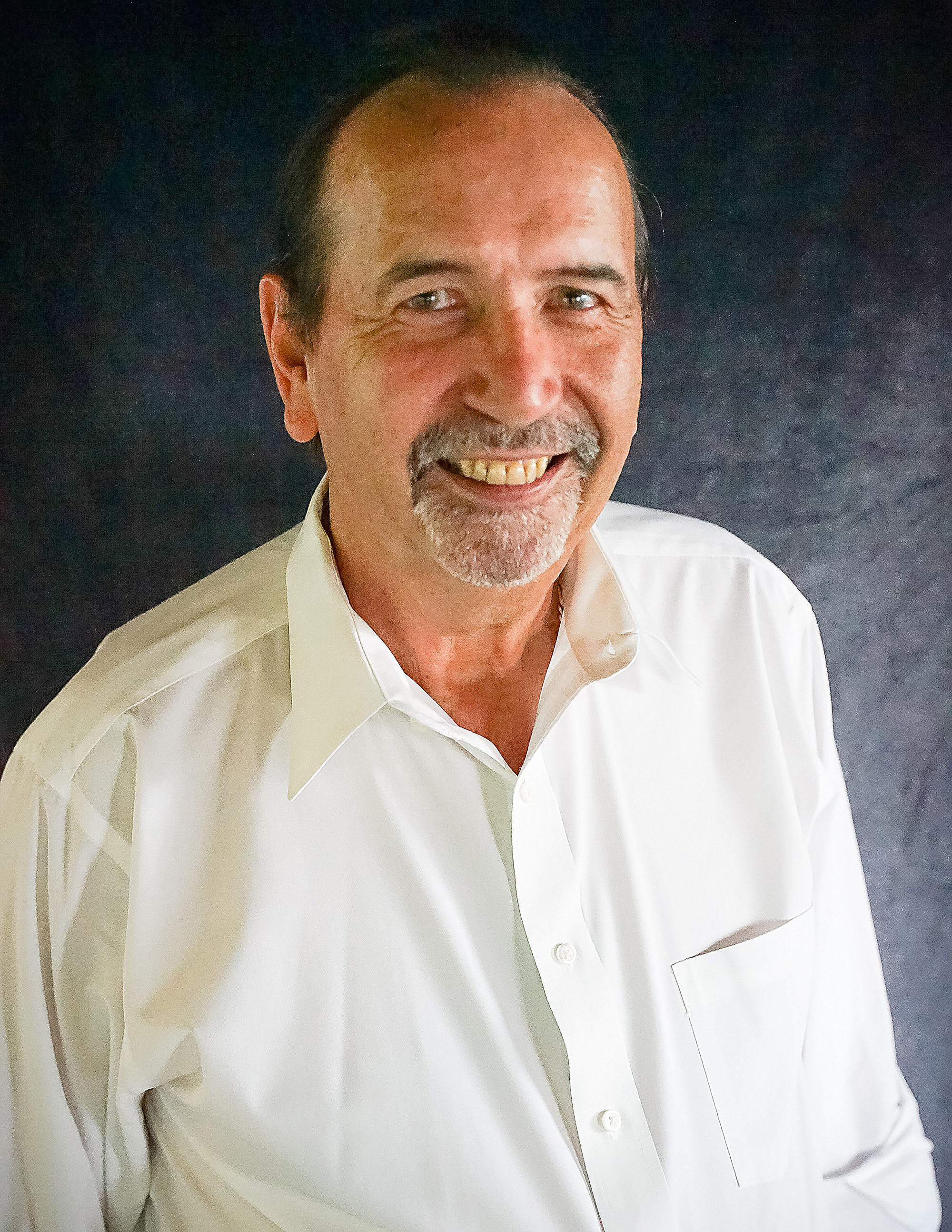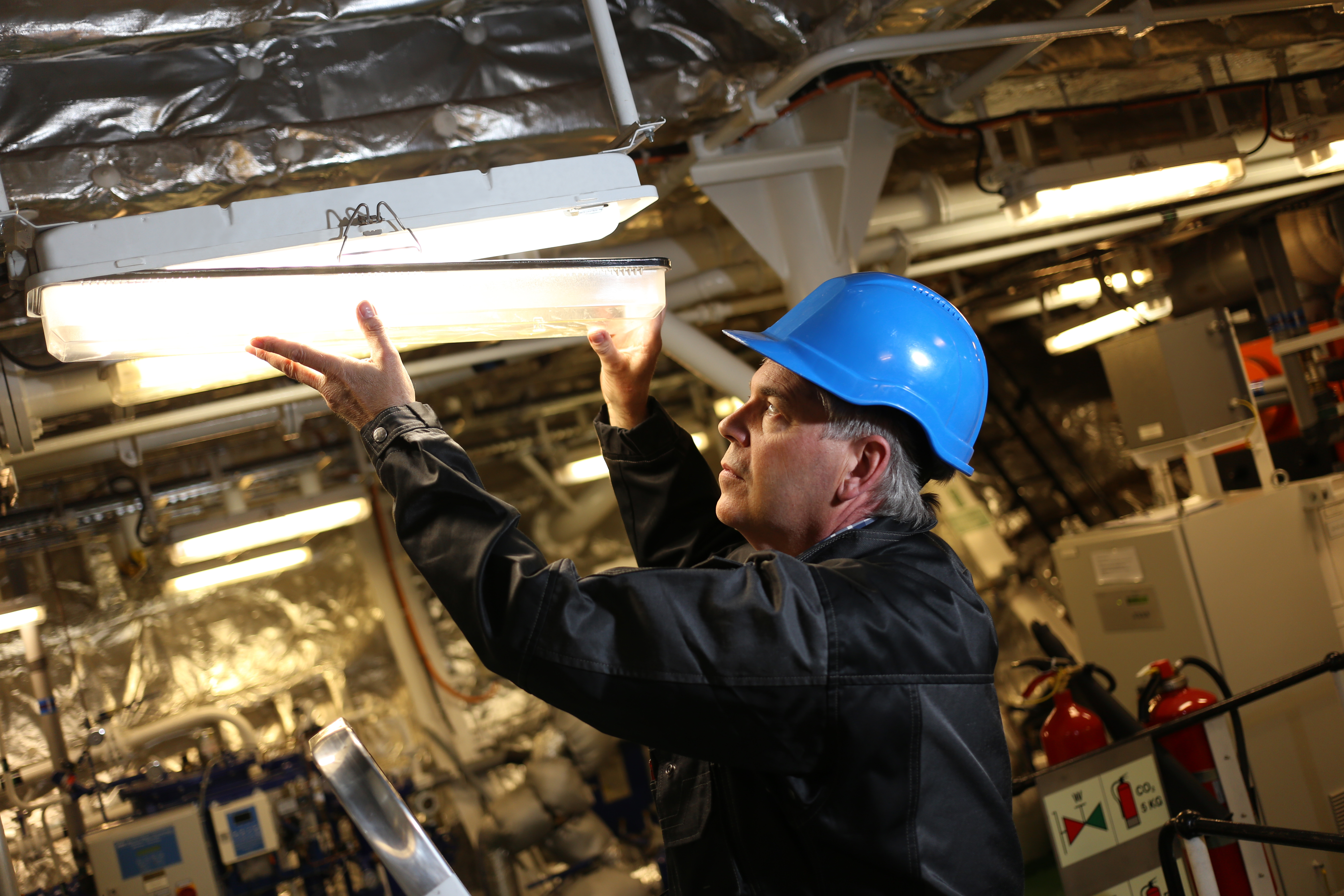AS THE GLAMOX SALES OFFICE for the US and Gulf of Mexico, most of our clients are in the commercial marine sector such as shipyards and shipbuilders, but we also have offshore oil & gas customers. A typical working day for me involves technical support, preparing quotations and carrying out lighting design calculations for either new builds or refurbishment projects,” explains David Minor, Technical Support Manager at Glamox Aqua Signal Corp. based in Houston, Texas, USA.
“Lighting calculations involve selecting the appropriate lighting across the various locations of a marine vessel or an oil & gas platform and ensuring that the correct lighting levels are provided in the different areas. This work can take anything from a couple of days up to four weeks for the more complex, multi-layered new builds,” he adds.

From the Air Force to oil & gas industry
Born in the UK, David began his working life as an airborne radar technician for the Royal Air Force, a job that he enjoyed for more than 16 years. After this, he spent three years performing a similar job in Saudi Arabia supporting the Saudi Arabian Air Force.
This was followed by six years based in Aberdeen as a survey and ROV (remote operated vehicle) technician for the offshore oil & gas industry. In 2000, David moved to Texas, where he worked for various oil-related companies in the Houston area. In 2011, he was employed by Glamox in Houston as Technical Support Manager.
“I’ve worked for quite a few companies in my time, but I really enjoy working for Glamox. The job itself is rewarding and the variety of work is great. I also enjoy a certain amount of autonomy here in Houston. I’m pretty much my own boss on a day-to-day basis, but I have the support of the international Glamox Group when I need it, which is important.”
Quick transition to LED
According to David, the most notable change in the lighting industry over the last decade has been the transition from conventional lighting to LED. “When LED technology first arrived, we all thought it would take several years for customers to buy into this new
technology. However, in the US, it took less than a year for most of our customers to make the transition to LED lighting. They saw the benefits straight away and were prepared to invest in it.”

Ship owners are taking charge
“We’re now seeing a shift in the market in terms of the ship owners, who are becoming more and more involved in the decision-making process, including the type of lighting their ships should be fitted with. In many cases, they are specifying LED lighting, which is great for us. They seem to be better educated in the benefits of LED lighting and the ROI they can expect to see from this.”
David cites a recent example in which a Glamox
customer based in the Gulf of Mexico – an offshore drill platform – switched from fluorescent to LED lighting across the whole platform. By doing this, the customer was able to reduce the number of power generators from three to two. With the cost of a single generator being in the region of one million US dollars, the investment in LED lighting was soon recouped.